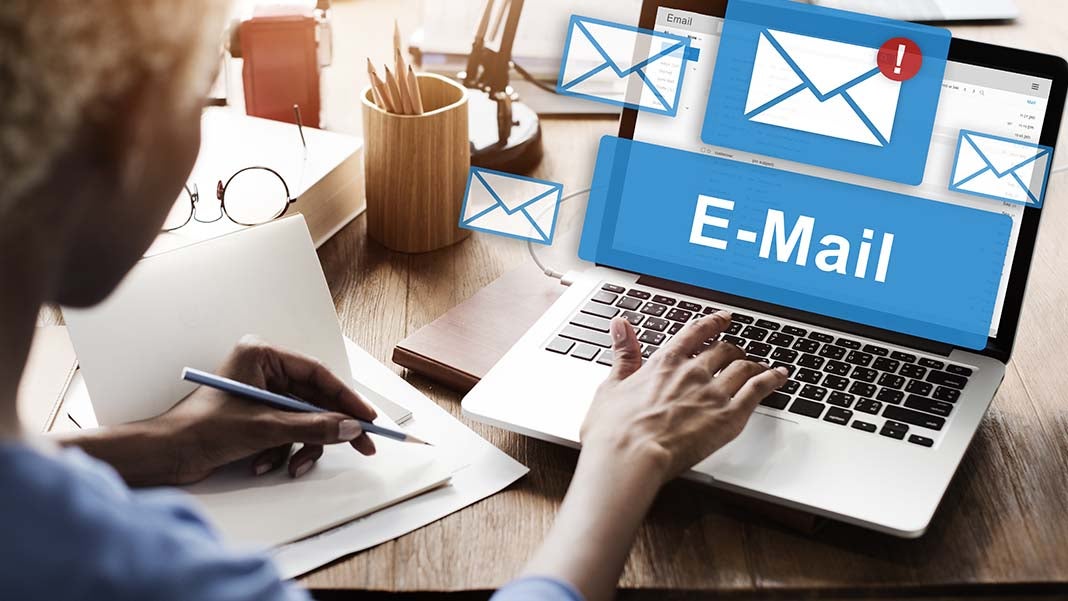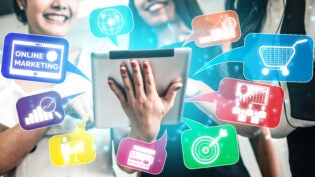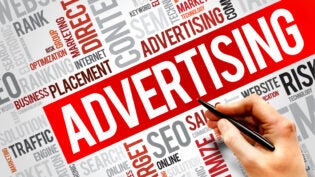
Sending emails may be considered in this day and age the soon-to-be dinosaurs of digital marketing but the truth is they are still effective, if you do them the right way, that is.
Now you might think the only thing emails are useful for are for quick correspondences (an upgrade to snail mail if you will), to treat emails as such as a b2b company is definitely a missed opportunity. Similarly, to treat emails as a spam machine to create the equivalent of your cold-calling quirks digitally would be an even bigger missed opportunity and definitely a huge mistake.
Worked into your inbound marketing strategy arsenal, you can (excuse the language), “grab ‘em by the email.”
Emails are a great tool for nurturing leads and even pushing conversions. They are great mediums for building warm relationships with your leads no matter how far along the buyer’s journey they may be. But enough about the gloriousness of sending emails. Least to say, the success you’ll reap is all about the message your crafting and your delivery. And for that, here are a few helpful tips:
1. It’s Not a License to Intrude
Emails are not to bug the hell out of people until they finally purchase your product or service, or worse, put you in the dreaded abyss called the spam folder. Just because a contact left you a piece of information—in this case their email address—doesn’t mean you can be trigger-happy on your emails and spam the hell out of them. While that’s not so blatantly punishable in the US, you can be prosecuted for that in other countries if your contact happens to be from there or the correspondence occurred there.
Repeat after me, “I AM A SOPHISTICATED MODERN-DAY SMART MARKETER”. Good. Now stop acting like a rampaging caveman and don’t you dare send that email unless there’s a good reason and it’s welcomed.
2. Don’t Just Go With the Flow, Go With the Workflow
Okay, so you can’t just be lax about when to send emails either. You have to plot strategic points when you should be sending an email and automate them in workflows. Let’s say someone downloaded an ebook, that’s a good point to send an email with a link to the downloadable content. The email you send at that point will have context and you can dedicate a portion of the email to briefly direct your lead to the next strategic plot in your marketing funnel.
3. Use Personalization Tokens
It’s all about personalization these days. In fact, even Siri, our navigational systems, or most of the products and services we see these days are personalized.
No one wants to be a case number, or any other client for that matter. Bob wants to be Bob and Joe wants to be Joe. Adding personalization tokens to your emails will break the “stranger barrier” between you and your leads.
Personalization tokens make your emails more likely to be opened as it is perceived friendly and personal. No one wants to read a generic message from some robot. Personalize your email with relevant contact information such as the intended recipient’s first name or a reference to an action on their part that triggered the correspondence. Don’t forget to send your emails from an actual personal email address as opposed to your info@.
4. Clean Your Lists
Your mailing lists have a lifespan and you need to clean it out periodically. For instance, you may have a couple of expired email addresses in your lists, duplicates, or even unsubscribes. If your contact is no longer relevant in any shape or form, delete them from the list.
5. Segment Your Lists
Let’s face it, your lists are composed of different buyer personas at different stages of the buying cycle. That being said, don’t force your contacts to receive correspondences or offerings that are not relevant to them. Doing so will turn them off from opening your future emails or worse—completely unsubscribe from your mailing lists.
Segmenting your lists not only helps keep a healthy email open rate and low bounce rates, but allows you to target your lead precisely to take the next step relevant to where they are on the funnel.












